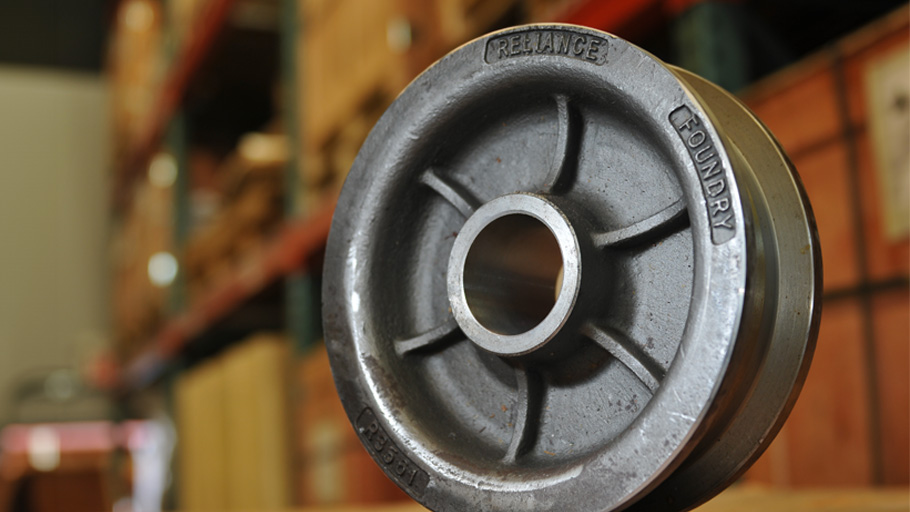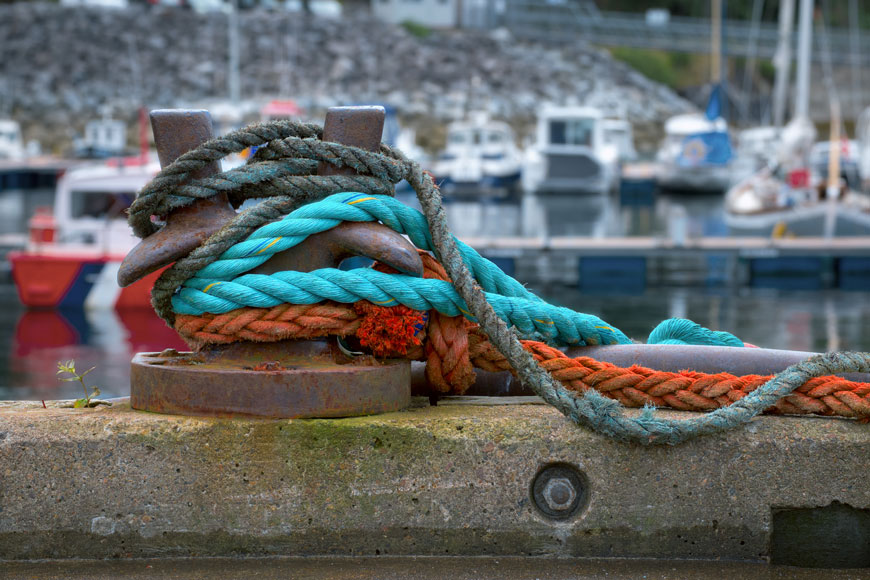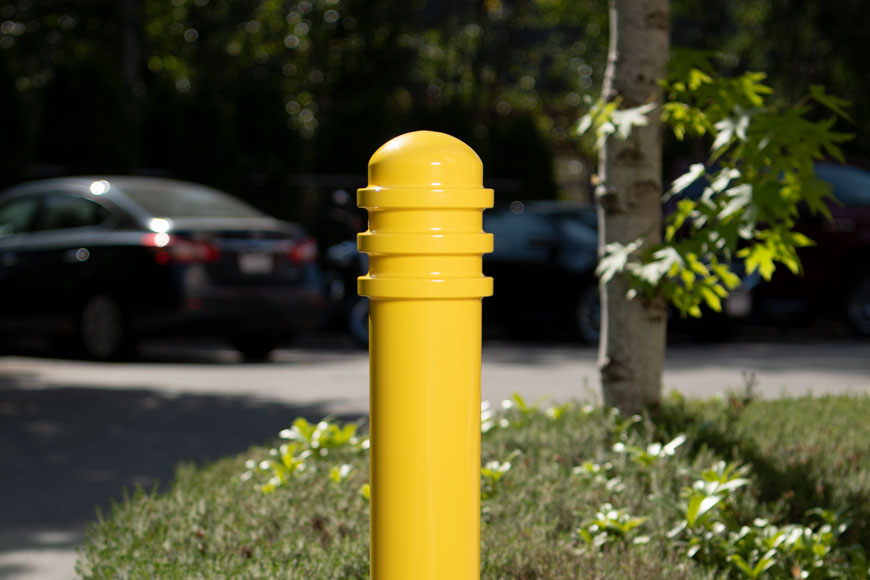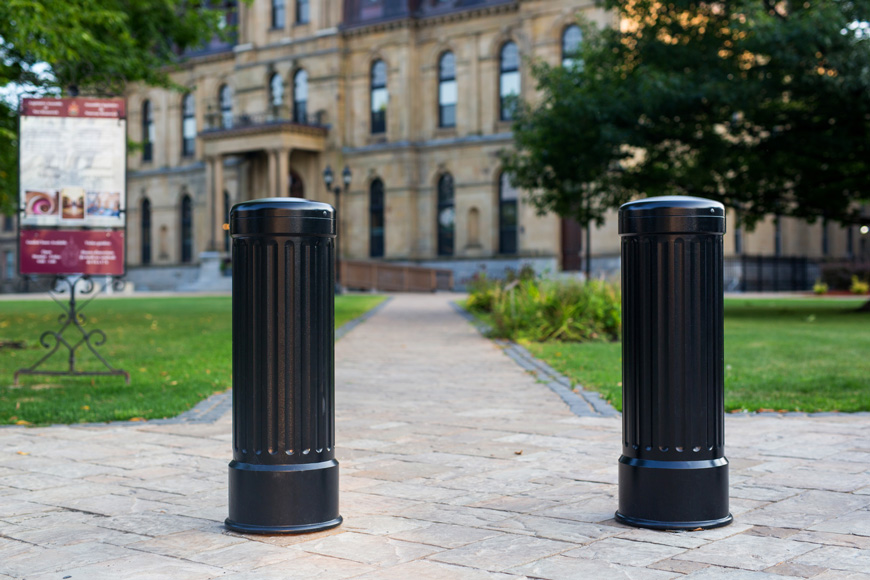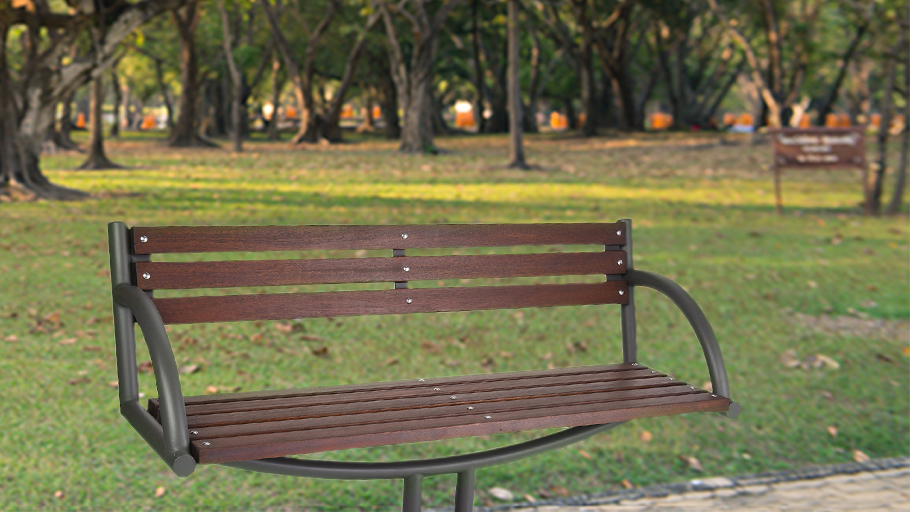How to tell if something is brass or bronze?
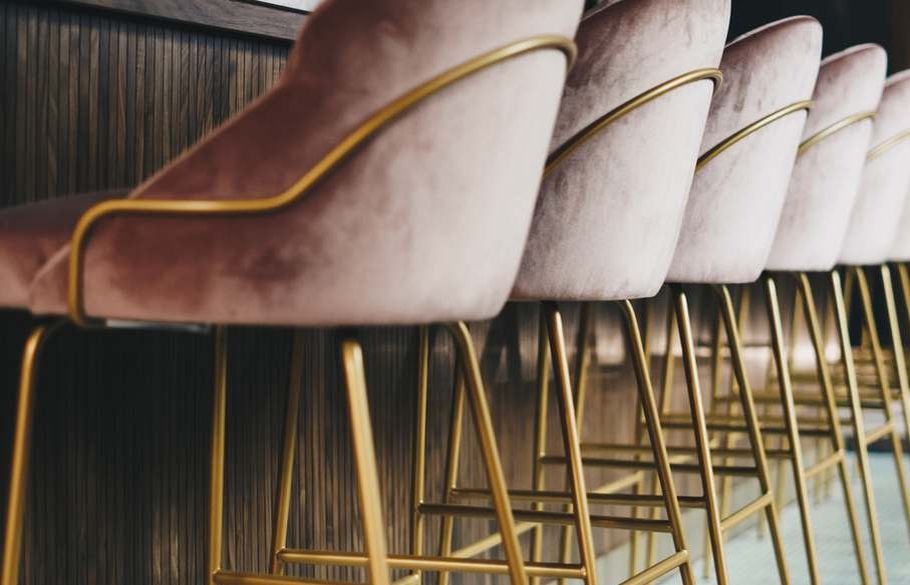
What’s the difference between bronze and brass?
Curious about the distinctions between bronze and brass? Although not listed on the periodic table of elements, these valuable alloys consist primarily of copper, zinc, and tin. Bronze comprises copper and tin, often complemented by additional elements like phosphorus or aluminum. On the other hand, brass is a combination of copper and zinc.
How can you tell brass and bronze apart?
Color is one way to tell brass and bronze apart. Brass is usually yellow, like dull gold, while bronze is generally a reddish brown. But the key difference between these sturdy, versatile copper alloys lies in their composition.
What is brass made of?
Brass is an alloy consisting of copper and zinc, and it can also contain small amounts of other metals such as tin or lead. Being non-ferrous, brass does not contain any iron. Brass is more malleable than bronze, and with a low melting point of 900°C can be easily cast into molds. Different ratios of copper and zinc will result in different types of brass. The higher the proportion of zinc, the stronger and more flexible the brass. The more copper brass contains, the more electrically conductive will be. Red brass, or rose brass, generally has a higher copper composition, about 85 per cent, and therefore a redder or more copper appearance. Yellow brass looks more like gold and typically contains only about 60 per cent copper.
What is brass used for?
The use of brass dates to 500 CE. Brass does not rust making it ideal for locks, doorknobs, and other outdoor uses. Brass can also be used for plumbing and piping, electrical connectors, and for aviation.
Because it resists tarnishing, brass has a long history of decorative use. Brass containers, housewares and personal decorations such as brooches were hugely popular in the ancient world, and 18th century brass buttons, tobacco-boxes, candlesticks, keys, and umbrella stands are prized antiques today. Historically, brass was also used for scientific instruments including astronomy and navigation.
Brass isn’t magnetic, so if you want to find out if that antique brass lamp or bedframe you’ve inherited is solid brass or just brass plate, try running a magnet over it. If you feel a pull, it’s likely brass-plated iron.
Brass resists corrosion and can be used for nautical applications. Naval brass, a mixture of 59% copper, 40% zinc, and 1% tin, was specifically developed for maritime use.
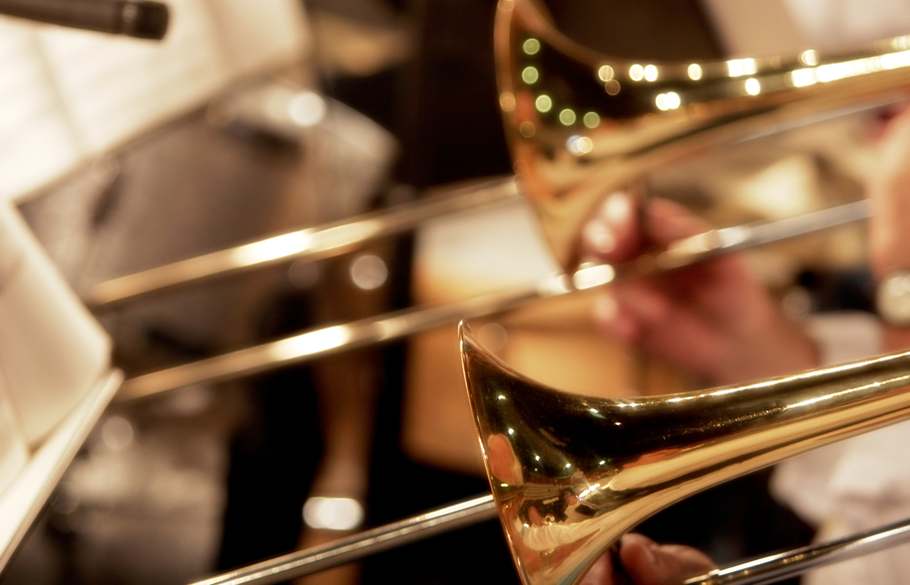
Brass is most often used for musical instruments, including trumpets, tubas, horns, and trombones, due to its flexibility and acoustic properties. In fact, the quality of sound your horn or trumpet makes is largely determined by the type of brass used for the instrument. Yellow brass, which contains more zinc, produces a lighter sound than gold brass, which contains more copper. Red brass produces a warm tone, but doesn’t project sound as well because it contains less zinc.
What is bronze made of?
Bronze is an alloy made primarily of copper and tin. Pure (or commercial) bronze consists of 90 per cent copper and 10 per cent tin. Bronze has a higher melting point than brass, at 950°C, and is more brittle. Bronze dates to about 3000 CE when the introduction of tougher, better-lasting bronze tools and weapons marked a turning point in human development.
What is bronze used for?
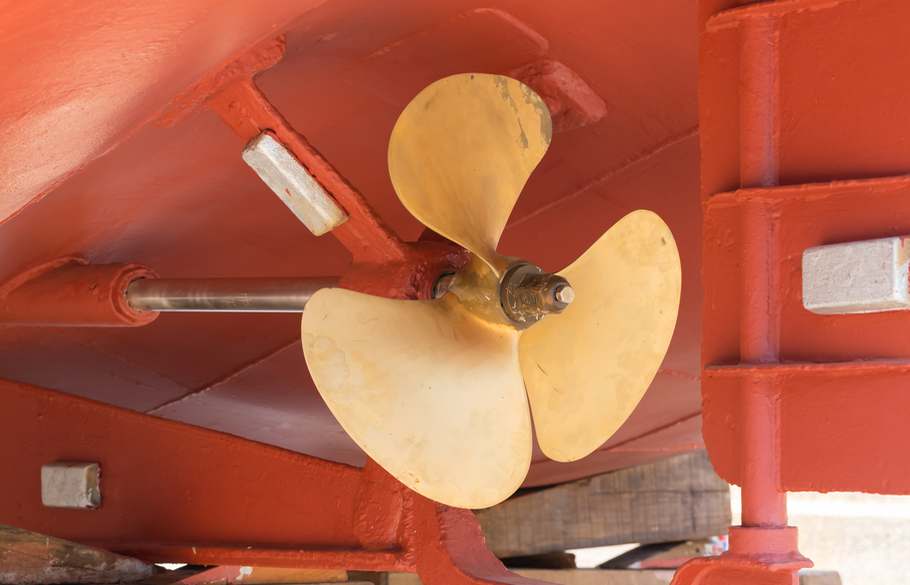
Because bronze, like brass, is resistant to saltwater corrosion, it’s ideal for marine applications such as ship propellors, rudders, portholes, centre-boards, and engine parts. Some of the earliest known warships used bronze armored rams to destroy enemy boats. Bronze, brass, and other copper alloys are almost exclusively used in the electrical systems and in the engine rooms of today’s more sophisticated merchant and naval ships.
Like brass, bronze creates less friction than other metals, and is often used for non-sparking tools needed on oil rigs, chemical plants, and other areas where flammable or combustible materials are present.
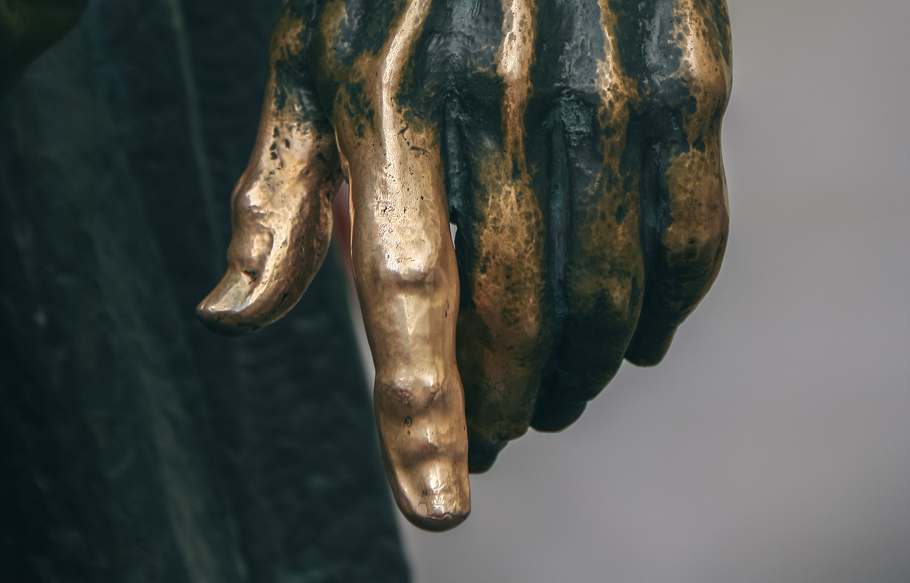
Bronze is also widely used for statues and sculptures. The tallest statue of the ancient world, the Colossus of Rhodes, was constructed from bronze. Today’s tallest sculpture, the Statue of Unity, standing at 182 meters (597 ft), is bronze clad.
Bronze medals are traditionally awarded to competitors finishing third place in athletic competitions, and there’s evidence that bronze medal winners may actually be happier than those who win silver.
Bronze with a high tin content (between 20-25 per cent) is called bell-metal and is used exclusively to make bells. The high tin content in bell-metal increases a bell’s resonance.
What is galling and why does it matter?
Galling is caused when metal surfaces rub and adhere together, causing wear and damage to parts and surfaces. The more ductile (or pliant) a metal is, the more likely it is to gall. Brass and bronze are a popular choice for bearings and bushings, especially in marine environments, because these tough copper alloys resist galling, resulting in decreased damage and better performance of moving components over time.
Do brass and bronze rust?
Unlike iron, neither brass nor bronze rusts, but they will develop a patina over time as their copper elements are exposed to the air. This oxidization process is what gives bronze sculptures and domes their classic brown, green and blue appearance.
Related Articles:



